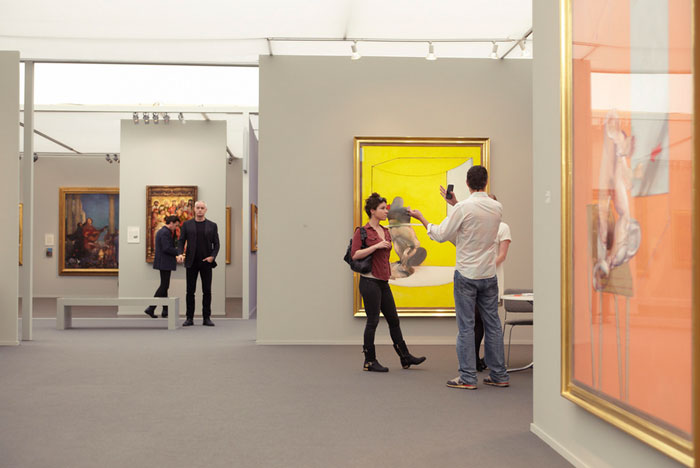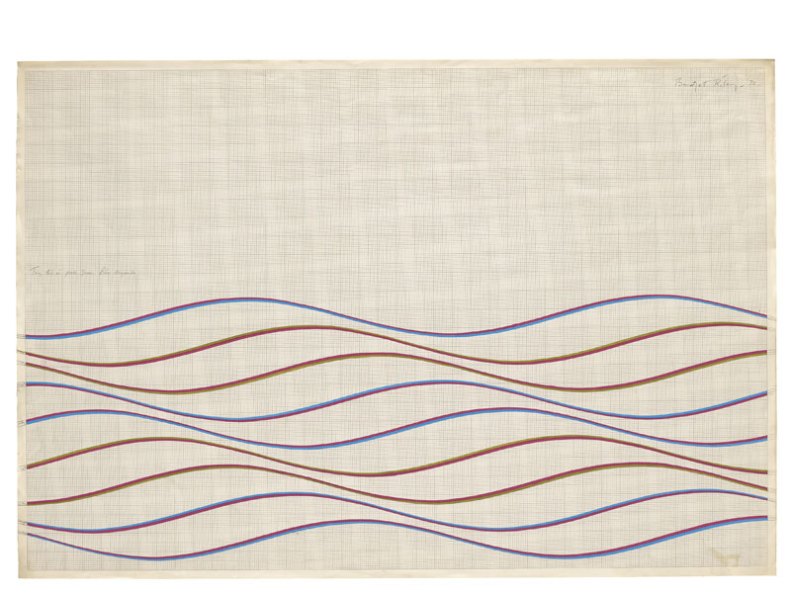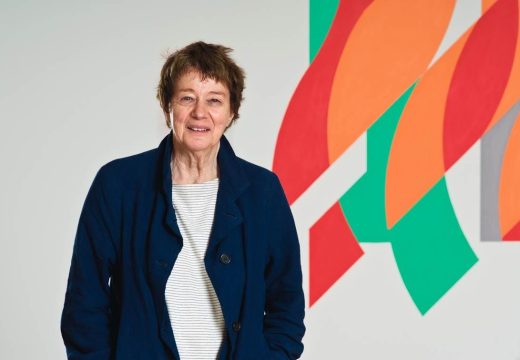From the October issue of Apollo: preview and subscribe here
In their formative years, art fairs are like children. The organisers, their parents, set out with a vision of their future character, but the path they follow cannot be entirely predetermined; fairs develop of their own accord, inevitably influenced by fashions and external market forces.
Consider Frieze Masters (14–18 October). Rarely has an art fair started out with such ambitious, idealistic intent, or such high expectations, as it did in 2012 – to give ‘a unique contemporary perspective on art of all ages’. As the younger sibling of that contemporary art monolith, Frieze London (which runs concurrently in Regent’s Park), observers kept a keen watch on the precocious event from the off. Would some of the Frieze brand’s populist gilding rub off on less fashionable ‘historical’ art? Might the juxtaposition of periods – from antiquities and prehistoric Eskimo carvings to blue-chip 20th-century art – open the minds of contemporary art buyers to other collecting fields?

A mix of modern and historical at Frieze Masters 2014. Photograph by Stephen Wells. Courtesy of Stephen Wells/Frieze.
Four years in, Frieze Masters has a stellar cast list of 131 exhibitors, a waiting list, and even a little sibling rivalry – Frieze London still draws the masses, but many buyers (and a few exhibitors) prefer the less hectic environs of the younger fair. However, an uncomfortable truth is that post-war and ‘almost contemporary’ art dominates and, so far, has sold more easily at the fair than older pieces. While many support the concept, Old Master galleries have had a trickier time commercially and some noticeable names will not return in 2015.
But Director of Frieze Fairs Victoria Siddall continues to pursue diversity, and in this spirit has launched a new section, Collections, curated by Sir Norman Rosenthal, the charismatic curator and former Exhibitions Secretary of the Royal Academy of Arts. ‘We have a great section, Spotlight, for 20th-century art at Frieze Masters, and for a while we have been thinking about how to do something similar for historical art,’ Siddall says. ‘The format of solo stands does not really work when applied to ancient art and Old Masters so we needed a fresh approach.’
Rosenthal has shaped the concept, which also seeks to bring in more accessibly priced items. Collections neatly ushers in an eclectic gathering of eight dealers, each with a focused selection of pieces that, in the words of Rosenthal, ‘contain the kernel of an exhibition that could take place at any of the great public institutions’. The section injects some entirely new disciplines into the event. Maiolica, particularly unexpected here, will be on show at Bazaart; Daniel Blau idiosyncratically mixes 19th-century fish hooks with David Bailey’s photographs; Galerie Chenel posit an alternative to our alabaster-dominated view of antiquities with a presentation of coloured marble Roman sculpture; and Sycomore Ancient Art bring Egyptian wooden sculpture. Completing the list, Bernard De Grunne Fine Tribal Arts shows Bornean sculpture; Amir Mohtashemi cross-cultural Asian and Islamic objects; Sydney L. Moss netsuke and lacquer; and Simon Theobald brings German Expressionist portrait prints – a subject close to Rosenthal’s heart.
Collaborations are on message for Frieze Masters, following Kunstkammer Georg Laue and Peter Freeman’s shared stand in 2014, which mixed the former’s works of art, such as a 17th-century nautilus shell, with the latter’s modern and contemporary art, creating a modern-day Wunderkammer. Indeed, collaborative stand sharing has become a trend this year, as Hauser & Wirth pals up with Moretti Fine Art, and sculpture dealer Tomasso Brothers Fine Art gets together with the contemporary art dealer Karsten Schubert.
The Tomassos and Schubert take over a large stand for a display that mixes Bridget Riley’s abstract works on paper with ancient and Old Master portrait sculpture. For Riley, direct comparison with the art of the past is nothing new – in 2010/11 at the National Gallery her work was shown alongside works from the permanent collection – and Raffaello Tomasso hopes the contrasts between the works will energise visitors to the fair, with ‘the abstract and the figurative, the pictorial and the sculptural, the confidence of tradition and the excitement of modernity’. Bold juxtapositions are familiar territory for the Tomassos; last year at the more conservative TEFAF Maastricht they raised eyebrows by adding pieces by Damien Hirst to their display of Renaissance and neoclassical sculpture.

Untitled [Cerise, Turquoise and Olive] (1970), Bridget Riley (b. 1931). Karsten Schubert (£80,000–£120,000)
In 2014, Helly Nahmad Gallery’s captivating recreation of a Parisian collector’s flat in 1968 became a phenomenon at the fair, raising the bar for ambitious stand presentations. Sir Norman Rosenthal, incidentally, helped create this immersive piece, complete with period music and film clips. At the time of writing, the gallery would not be drawn on how they will follow it this year. However, Marlborough Fine Art has announced that it will devote its stand to paintings and drawings by Frank Auerbach from the 1950s onwards, coinciding with the survey of the artist’s work at Tate Britain (9 October–13 March 2016). With its strong stable of modern British artists, including many School of London stalwarts, Marlborough is in the rare position of being able to pull enough works together for such a display.
Crossover appeal is key at Frieze Masters – though it seems to fall to older pieces to make the running – and the timeless forms of antiquities and tribal art have it in spades, frequently attracting buyers of contemporary art. Medieval illuminated manuscripts are also popular with visitors, say the organisers, and perhaps this is why two specialists, Dr Jörn Günther Rare Books and Les Enluminures, join the fair this year. Günther sees it as an ‘opportunity to reinvent our exhibition methods and to showcase our manuscripts and early books through the “contemporary lens”’ – and of course a chance to broaden his audience.
Jasper Sharp, of Vienna’s Kunsthistorisches Museum, again curates the Talks programme, whose focus on fostering a dialogue between old and new echoes Frieze Masters’ ethos. Such programmes have now become de rigueur, lending academic gravitas to commercial fairs. So too have areas of smaller stands for less-established galleries or artists, in this case the aforementioned Spotlight, which features single-artist presentations of 20th-century artists. Under new curator Clara M. Kim, a few trends have emerged among the 15 participating galleries: firstly, reappraisals of African-American artists later in life, among them abstract painter Jack Whitten (Alexander Gray Associates); secondly, ‘Global Pop’, a nod to Tate Modern’s autumn show ‘The World Goes Pop’ (17 September–24 January 2016), with Brazilian and Japanese Pop artists, such as Keiichi Tanaami at the stand of Tokyo-based Nanzuka.
Frieze Masters may be highly self-conscious about its concept and spartan aesthetic, but it has successfully chimed with the zeitgeist, a trend for mixing old with new. It’s a welcome retreat from the frenetic contemporary fair, and the presentations are ambitious and varied. But can it mature to be commercially justifiable for exhibitors across the board?

















![Masterpiece [Re]discovery 2022. Photo: Ben Fisher Photography, courtesy of Masterpiece London](http://zephr.apollo-magazine.com/wp-content/uploads/2022/07/MPL2022_4263.jpg)
Suzanne Valadon’s shifting gaze